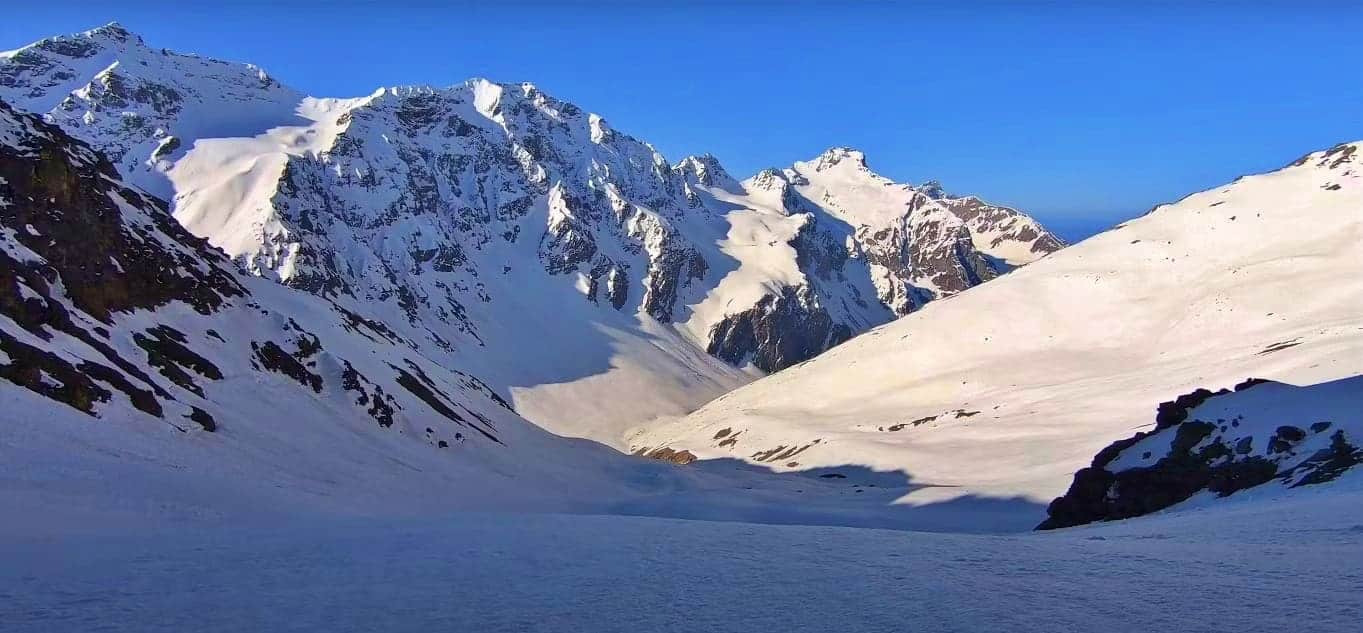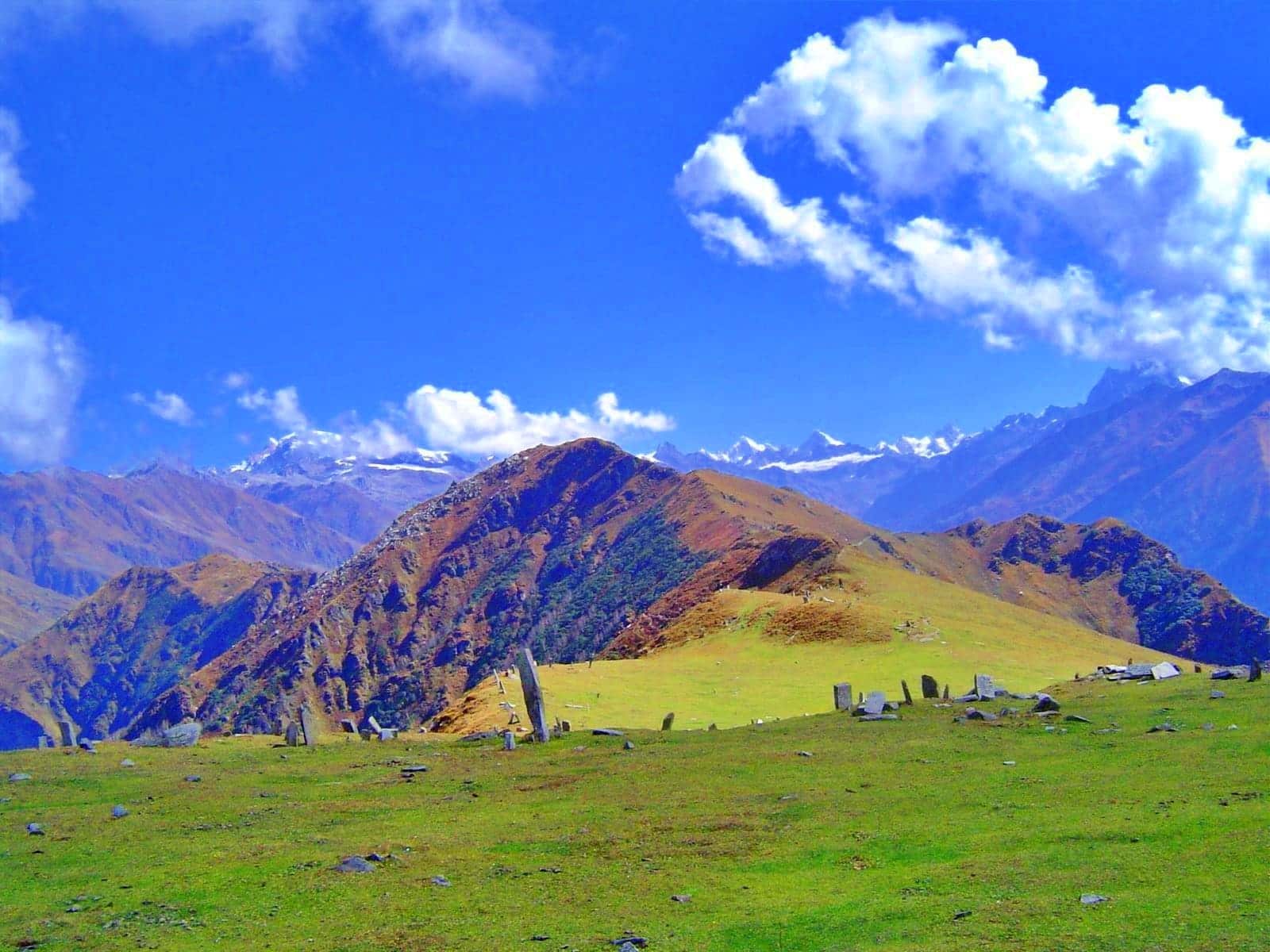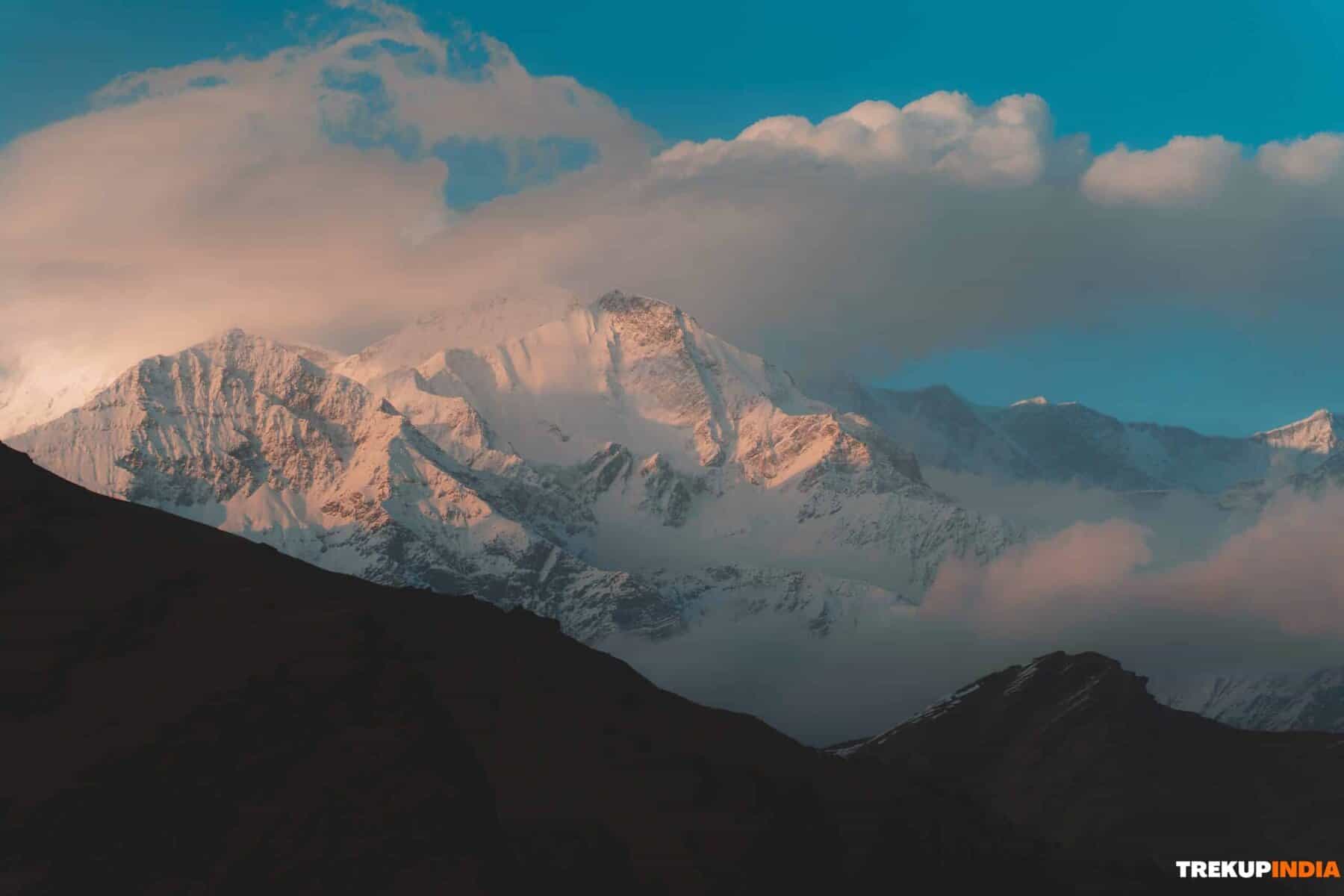Trek Grade
Moderate
Highest Altitude
14,599 ft
Base Camp
Udaipur, Lahul
Best Time
June, July & Aug
Miyar Valley Trek
Miyar is a remote and challenging valley located in the western part of the extensive district of Lahaul and Spiti in the Indian state of Himachal Pradesh. The Miyar River flows into the Chandra Bhaga River, more than 50 kilometres below the Miyar Glacier. The glacier extends 24km further up to Kang La Jot (5468m) and beyond to Zanskar Valley, Ladakh. The valley is home to twelve small farming communities with around 3,000 people, predominantly Buddhists. The valley is between 9,300 and 11,500 feet and is known for its stunning Himalayan meadows. The Gaddis, a shepherd tribe, graze their flocks here in the late summer. The area also features a high-altitude cricket ground with breathtaking views of snow-covered peaks. The valley is rich in high-altitude flora and offers opportunities for trekking and exploration.
The Miyar Valley is not just about its stunning landscapes and unique features. It’s also a gateway to adventure. The valley is home to the Miyar Glacier, a 24 km stretch surrounded by unclimbed peaks and sacred pools. The Chhudong Valley, known for its awe-inspiring peaks, can be reached by a challenging hike up the side valley to Phalpu’s dominant Castle Peak. The trek to Kang La (pass) is a true test of endurance, involving a 24 km traverse of the Miyar glacier and a climb up to 5450m. This pass opens the door to the Zanskar Valley, a hidden gem located northeast of the Great Himalayan range.
The valley is also known for its remote and pristine flower-filled landscapes, which can be reached by a combination of remote mountain valleys, small villages, and flower beds dominated by Himalayan orchids. The Miyar Valley Trek begins from Udaipur, Lahaul, known for its stunning landscapes, medicinal plants, wildlife, and glacial lakes. It is best explored between May and June and September to October.
Trek Cost
- Stay will be on a twin-sharing basis in tents
- + 280 Trek Insurance (Mandatory)
- Discount Policy
Pickup time 11 A.M from Manali, Drop time – 2 P.M
Fix Diparture Dates
Miyar Valley Trek Videos
Videos by experts watch these videos to prepare well for a Successful Trek

Want To Trek Like Pro?
Basically, watch these videos if you want to trek the same way professional trekkers do and make your skills better. These videos contain useful tips and techniques to further improve your trekking skills itself. These videos actually help both new and experienced trekkers improve their trekking skills. These videos definitely provide useful tips that make your trek better. We are seeing that these videos by Trekup India experts will only help you make your trekking skills better.
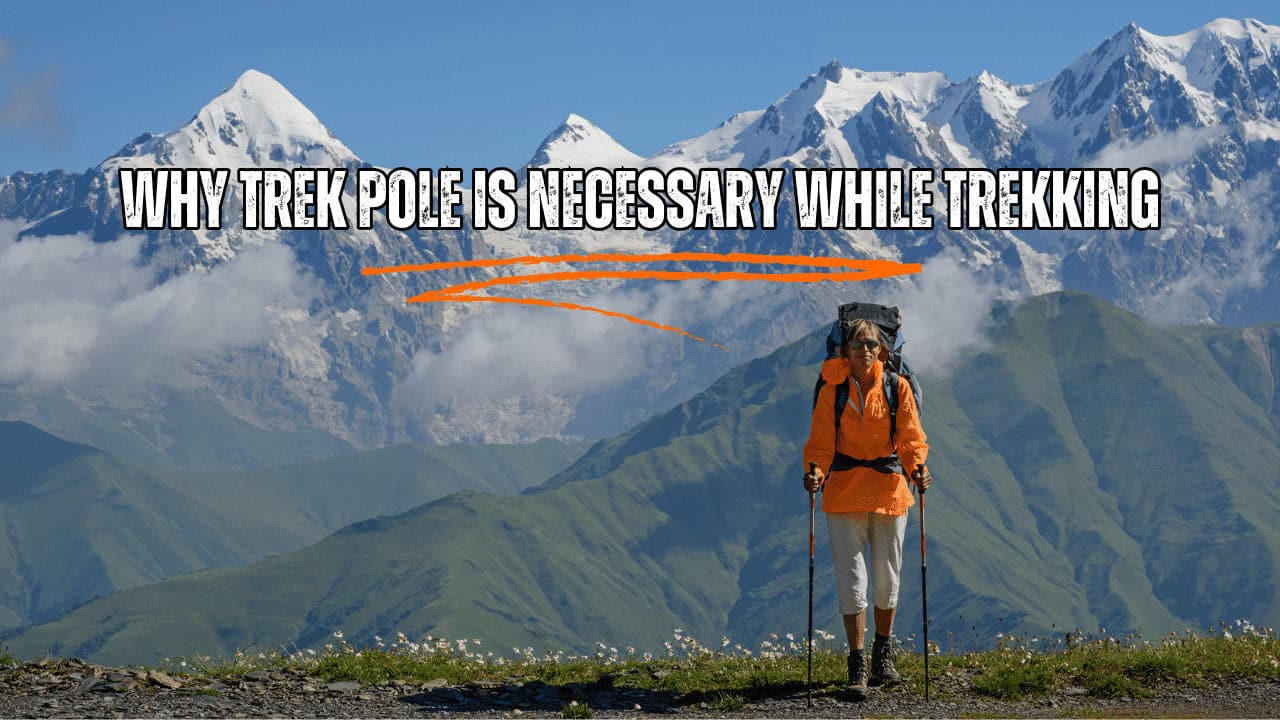
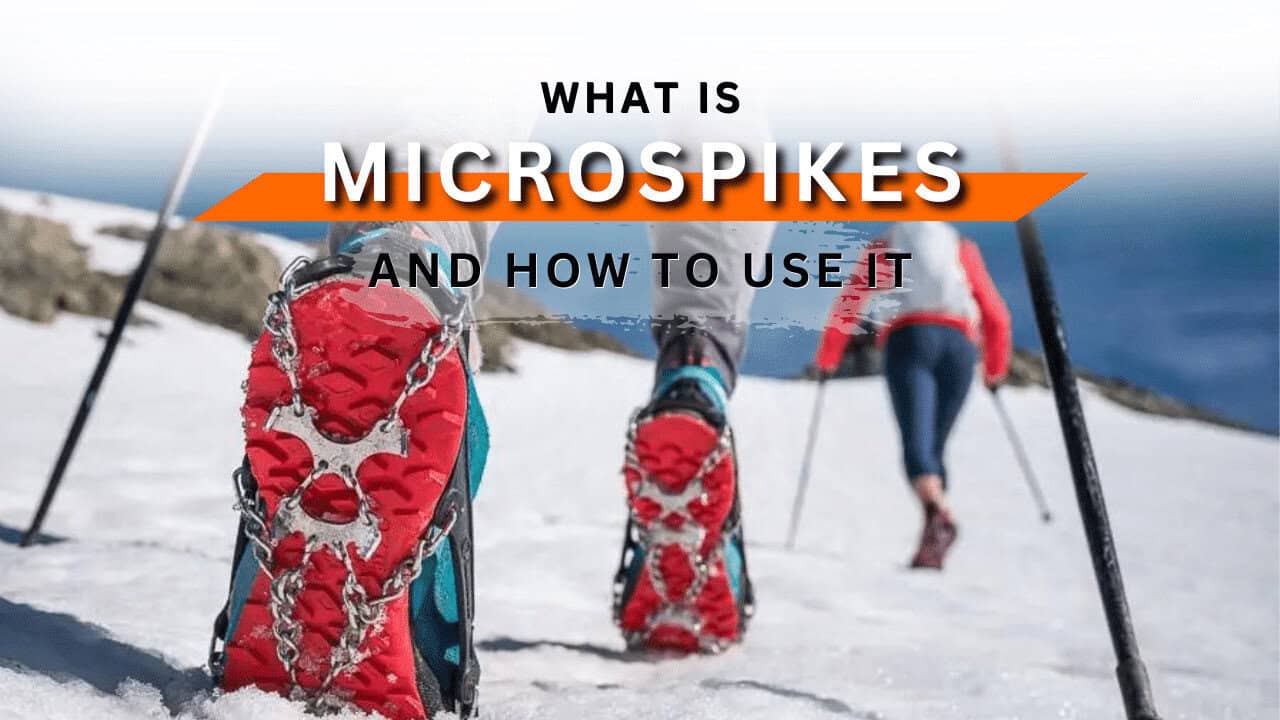
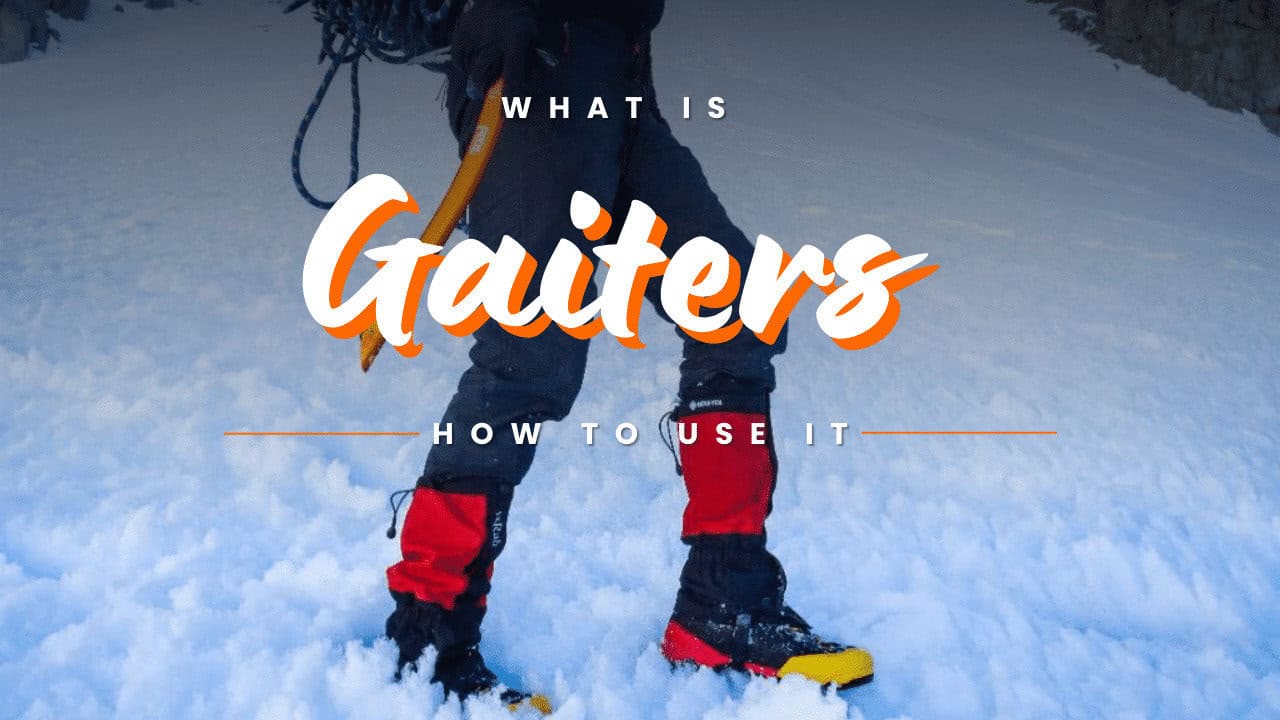
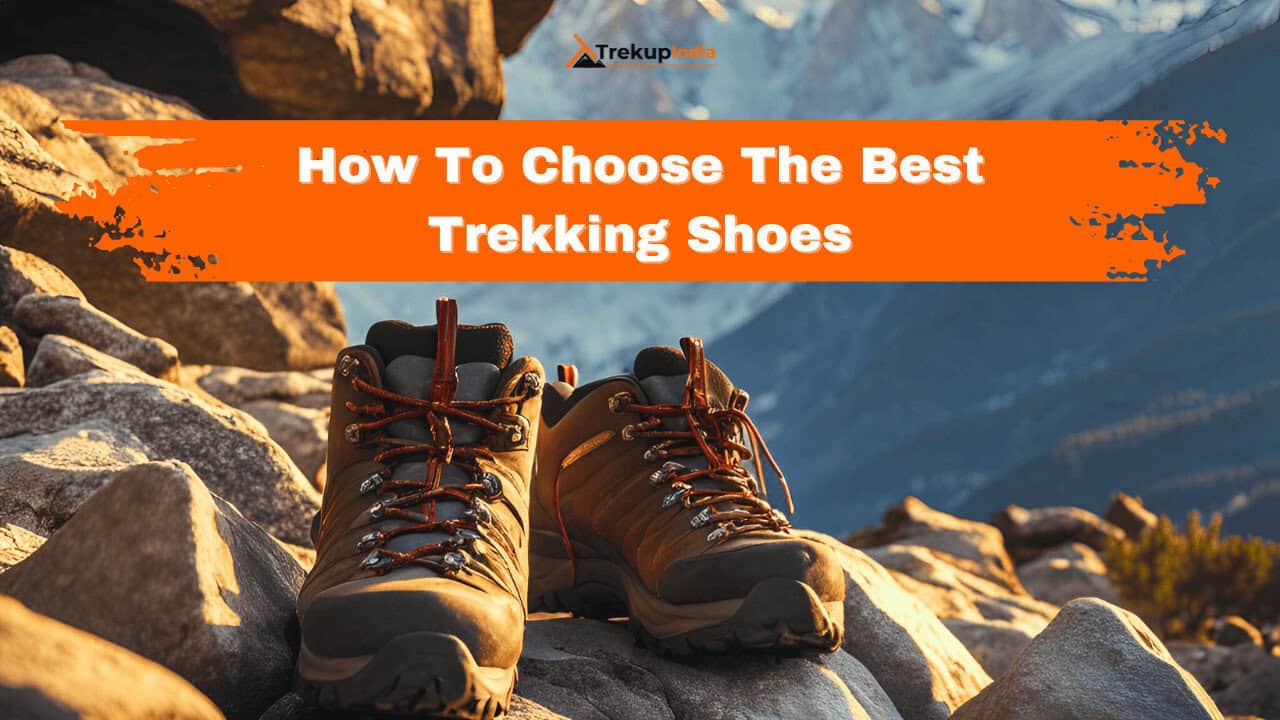
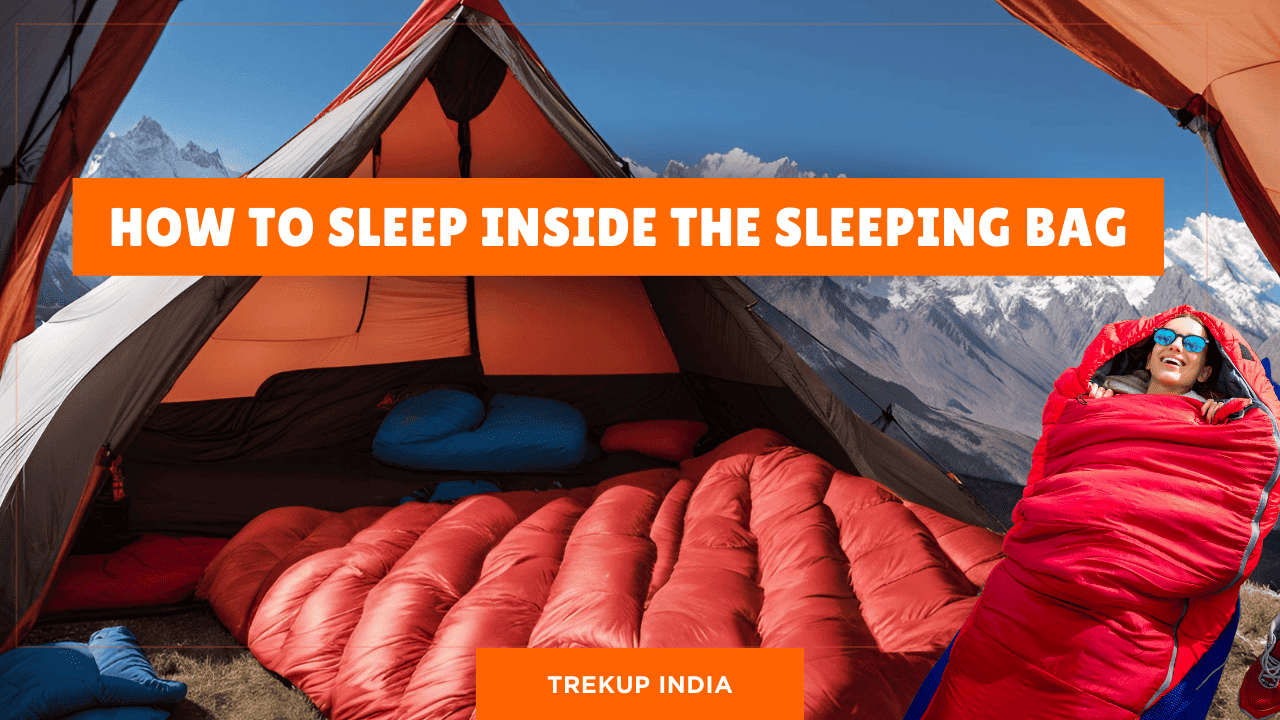
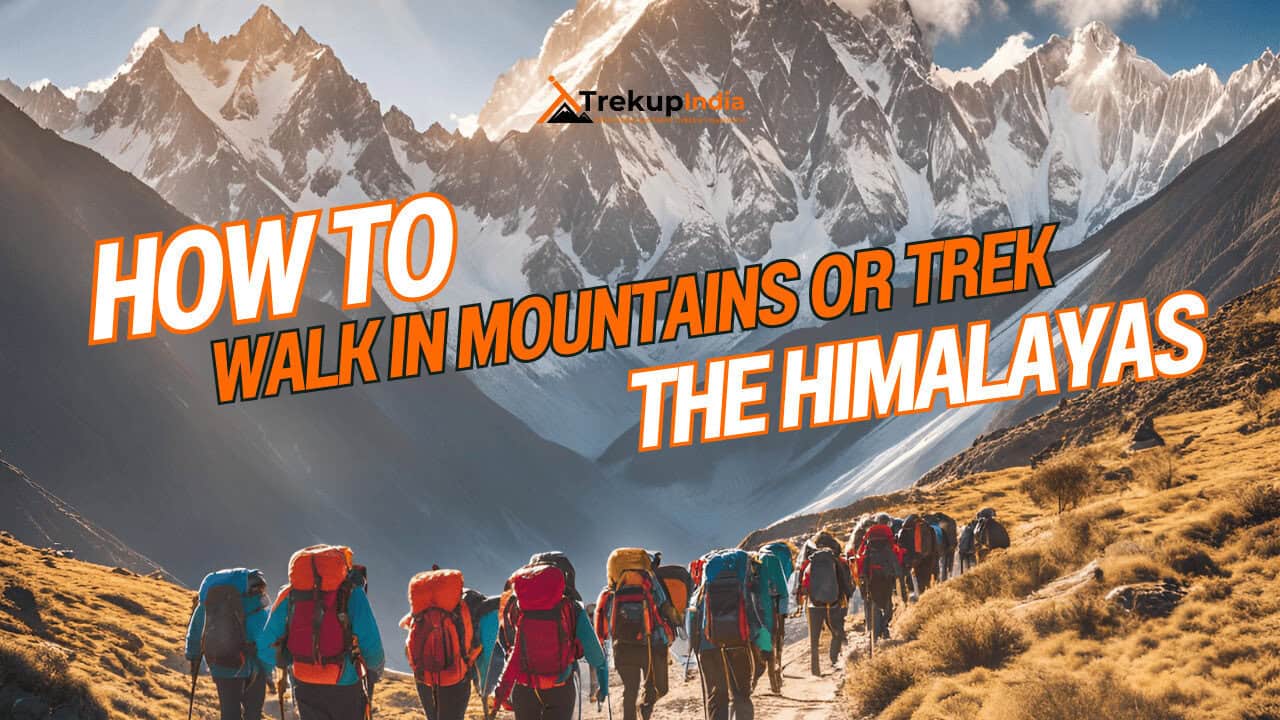
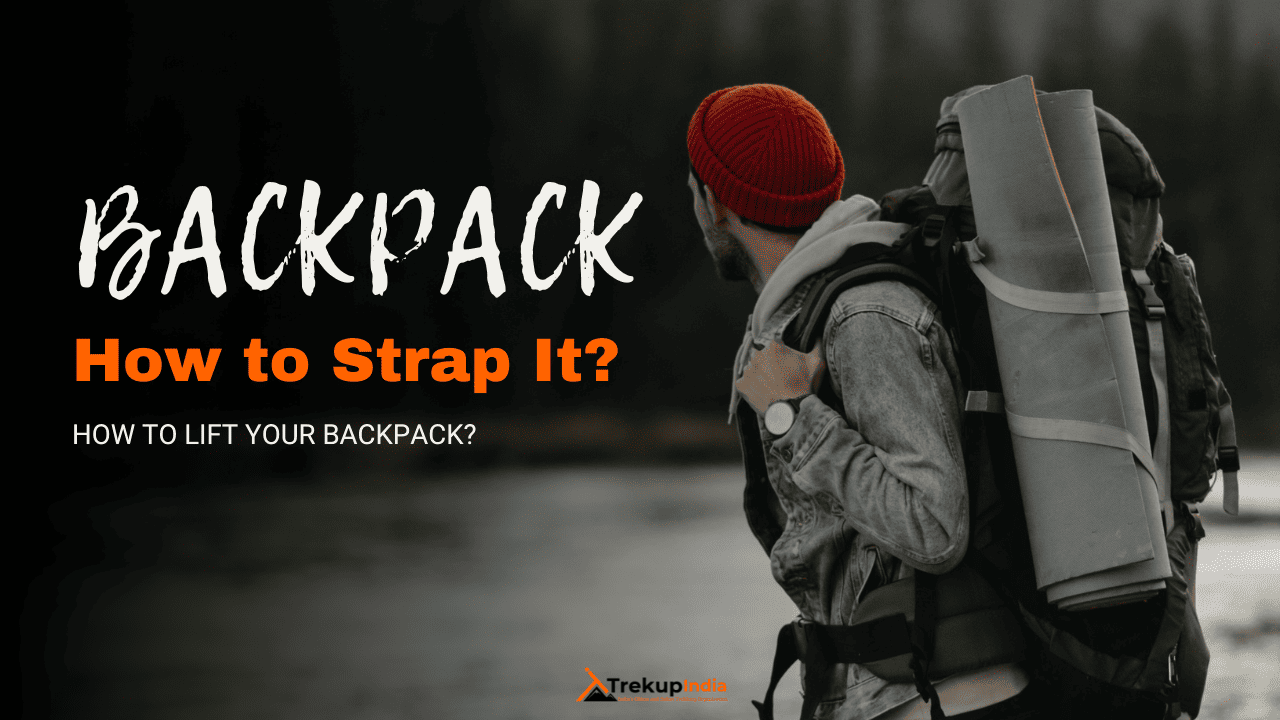
Know Everything About Acute Mountain Sickness
Acute Mountain Sickness occurs when people trek to high altitudes above 8,000 feet. This condition itself develops further due to reduced oxygen levels at such heights. Basically, as you go higher up, the air pressure and oxygen levels decrease, which causes the same problem. Acute Mountain Sickness surely causes headache, nausea, vomiting, and dizziness in affected persons. Moreover, peoples also experience difficulty in sleeping during this condition. To avoid mountain sickness, you should actually trek up slowly to higher altitudes. To learn further about this condition itself, watch the videos by Trekup India.
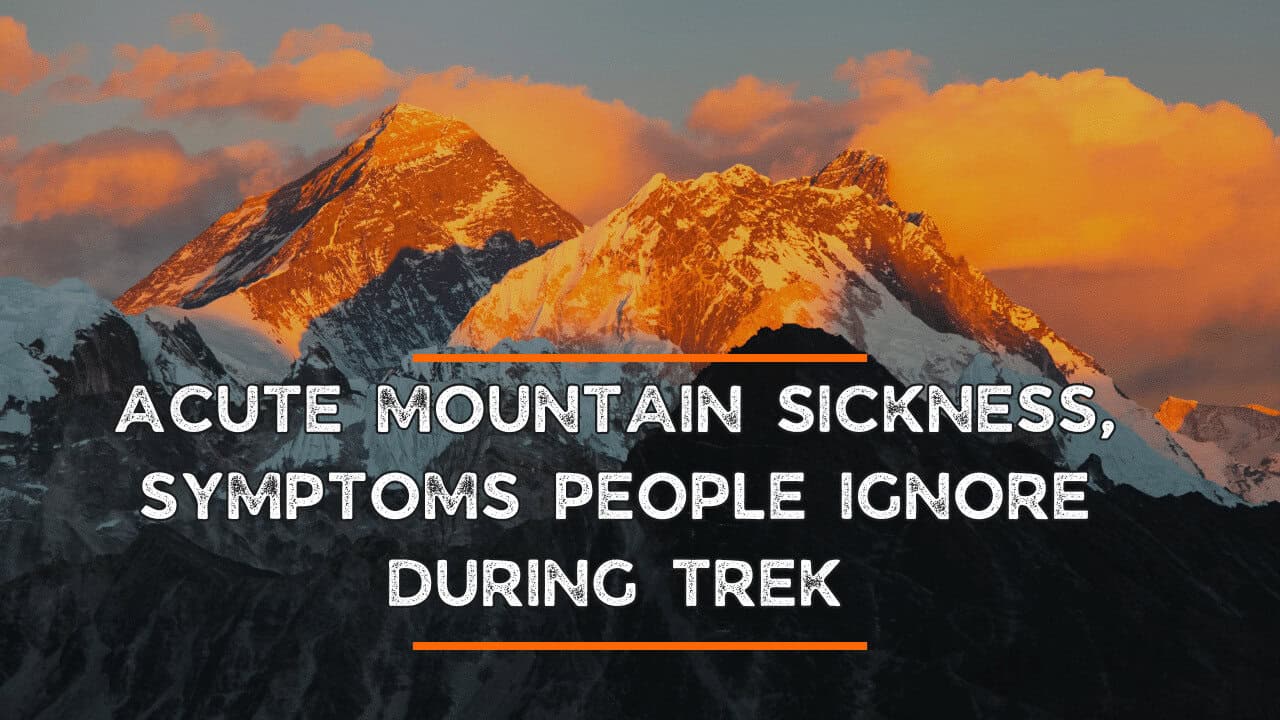
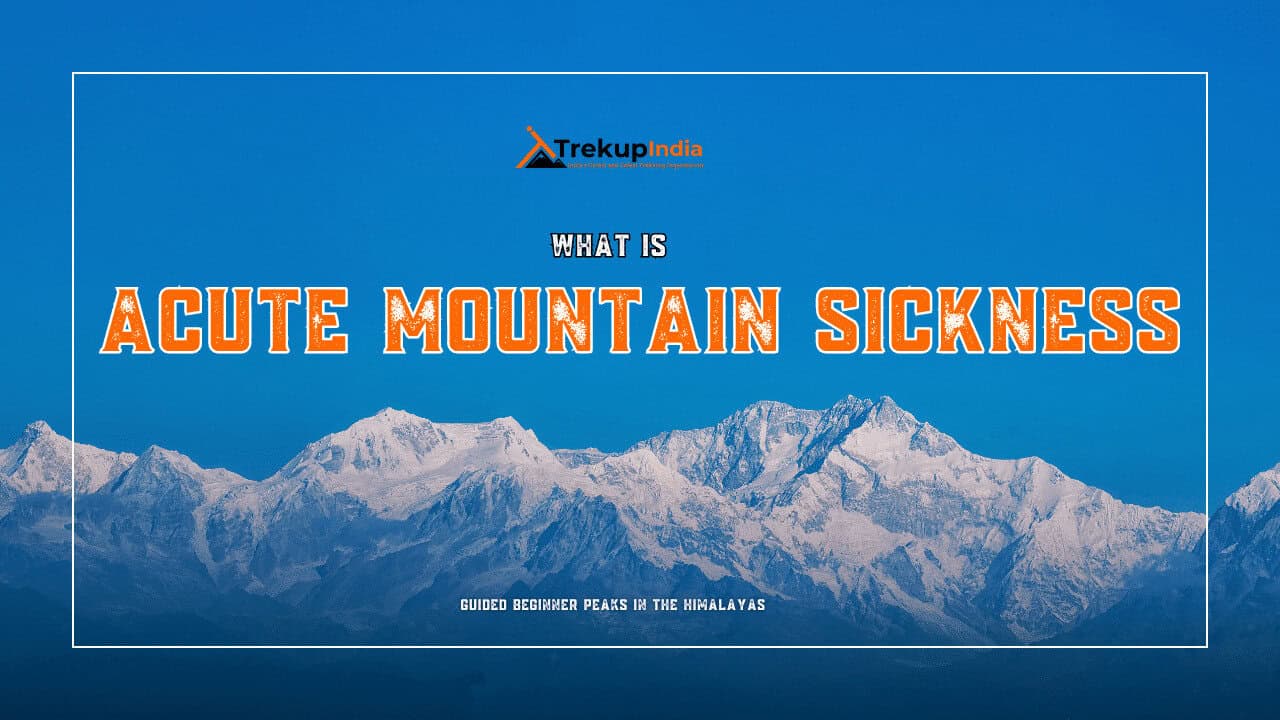
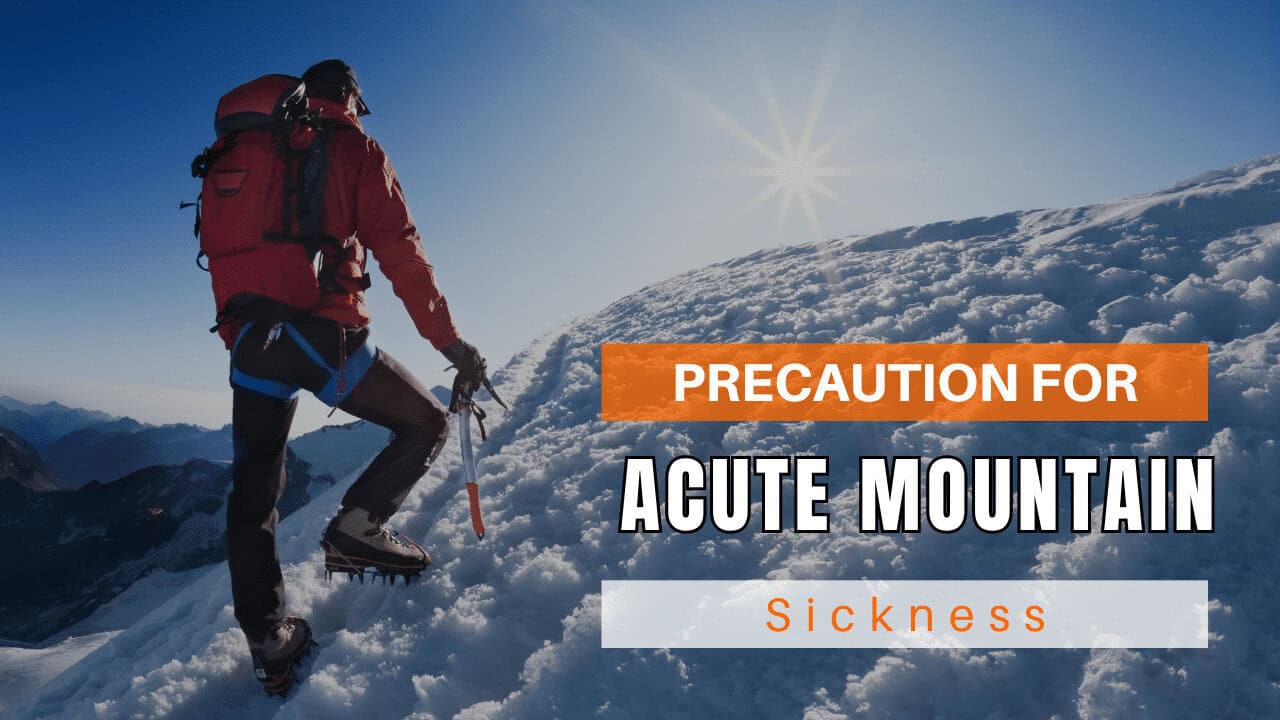
Day Wise Detailed Itinerary of Miyar Valley Trek
Day 1: Drive from Manali-Udaipur (Acclimatization Day).
Duration: 3 hours via Atal Tunnel. Trekkers can share the vehicle. Make sure to reach Udaipur before 4 pm.
The Atal Tunnel is the only way to travel from Manali to Shukto. Along the way, you will notice dramatic changes in climate, terrain, and landscapes. Lahaul is known for its mystic beauty.
From the window, you can see famous sights such as Triloknath Mandir (“At Tunde”) and Tandi, where the confluence between the rivers Chandra and Bhaga is located.
The Atal Tunnel lets you experience the stark contrast between Himachal’s Lahaul and Kullu regions. As you drive through the tunnel, you will pass alongside the Chenab River, through steeply folded mountains and sections with loose sedimentary rocks.
It’s worth noticing the fields where Lahaul’s local farmers grow iceberg lettuce and other food crops.
Sissu’s waterfalls are the most stunning part of the road trip. Tandi is the point where the road turns to go to Leh Manali highway or Udaipur. It is also where the Chandra and Bhaga rivers meet, earning it the nickname “City of Two Rivers”.
Before 1695, Udaipur was called Margul. It serves as Lahaul’s sub-divisional headquarters. The name comes from Raja Udai Singh Chamba. Triloknath and Margul Devi Temple are two of the most famous landmarks in Udaipur.
Day 02: Drive from Udaipur, to Shukto. Trek to Doksa
The distance to drive is 21.6 km, and it takes approximately 50 minutes. The journey takes between 1 and 1.5 hours. The altitude gain ranges from 9,000 to 12,080 feet.
As you make your way to Kanjer village, you’ll cross a suspension bridge suspended above Miyar Nala, a unique feature of this journey. This village, located 31 km from Udaipur, marks the end of the route and is a cultural hub, home to 13 villages. The rich cultural heritage and warm hospitality of the locals make it a must-visit destination.
The region has three types of soils: alluvial and hill type. The best time for cultivation in this area is from June to September. The villagers mainly grow iceberg lettuce, seed potatoes, tomatoes, sea buckthorns, and medicinal plants like Kuth (Saucerrea lapa) and Mannu (Innu Racemosa).
The trail starts with a series of switchbacks, passing by farms on the way to Doksa. A beautiful stream of water is nearby, and locals occasionally use the flat meadow for playing cricket. This region also attracts rock climbers due to its many steep rock faces.
The Doksa campsite offers a stunning view of Menthosa, Lahaul’s second-highest and most beautiful peak, also known as the crowning jewel of Miyar Valley.
Day 3: Doksa to Yoling
You will begin the trail by descending and then crossing a bridge. After that, the trail will continue to descend, and you will pass through a section with Juniper trees. For the most part, the trail is well-defined. As you descend into a valley with juniper shrubs, you will continue on a steep descent towards the stupa for about 20 minutes. The region starting from the stupa is known as Thanpattan.
The area mainly consists of flat meadows surrounded by rocky mountains. Along the trail, you will pass Tharang base camp. Tharang is a massif with three mountain tops visible when looking back from Zardong. You will also encounter a section with purple fleece flowers known as Lupins.
Throughout the trail, you will experience different landscapes and phases. Yoling is located near a forest house in a flat area with a stream running through it. Clear evenings provide an opportunity to witness the mountains change colour phases, making it a great place to enjoy games.
Day 4: Day of Acclimatization and Rest/Buffer Day at Vishansar
The trek takes approximately 6-7 hours, with an altitude gain from 12,388 to 12,782 feet. The trail begins with a descent, followed by a climb to the Stupa, and then becomes gradual. The landscape offers diverse colours and changes frequently.
Starting with a descent and a bridge crossing, the trail passes through Juniper trees and a valley filled with juniper shrubs. A steep portion leads to the Stupa, followed by the region of Thanpattan, featuring flat meadows and rocky mountains. The trail also passes through Tharang basecamp, known for its three mountain tops, and offers sightings of purple fleece flowers, or Lupins.
Yoling, near a forest house, is a flat area with a stream. It is an ideal spot to witness the mountains’ changing colors on clear evenings. It is also a great place to relax and engage in leisure activities.
Day 05: Zardong to Palpu
The trekking route takes 3-4 hours and gains altitude from 12,782 to 13,008 feet. The trail begins with a level walk and a 20-minute climb to Gompa Nala. It then leads into an undulating section of boulders and descends into a flat valley with flowing Miyar Nala.
Considered the most challenging trek day, the route starts as a flat walk, descends for 10-15 minutes to a bridge, and then involves a steep 20-minute climb towards Gompa. Along the way, you’ll pass a shepherd’s house and a small body of water known as Gompa Lake.
After walking 30 minutes from the shepherd’s house, the route gradually descends towards a meadow patch before continuing uphill to a boulder section. This section can be tricky due to crossing edges and walking up and down boulders. The surrounding mountains offer stunning views, and the route eventually descends to a flat area alongside the river, providing opportunities to enjoy the gushing water and beach-style walks.
As you progress, the valley becomes more extensive and grand, with various flowers along the trail. One notable landmark is Zardong, a meadow surrounded by large boulders that offers stunning views of the surrounding area.
Day 06: Palpu to Gompa via Miyar glacier nose
You will need to walk for 7-8 hours. The altitude gain is from 130008 feet to 14,599 feet to 12,732 feet. The trail is mostly level and follows alongside a stream, with some scattered boulders along the way.
The route will take you alongside the river. Most of the path is flat. This area is called Chhudong, which is a large meadow with a river running alongside it. The river here is wider and more peaceful compared to others on the trek. The muddy water on your right comes up to your nose. The valley is enclosed by an active river. It’s easy to walk alongside the clearly marked and visible river.
Beyond the flat meadows at Chhudong, the valley is filled with boulders. Soon, you will encounter a chilly stream flowing from the valley. This stream originates from the same valley as Castle Peak and Never Seen Tower. The trail becomes easier, allowing you to walk right beside the river. Once again, the path flattens out, and you’ll need to navigate through boulder patches with a few water streams.
Palpu is close to Castle Peak, which serves as another beautiful campsite offering a stunning view of the valley. If the weather is clear, you may even catch a glimpse of Menthosa from here.
Day 07: Gompa to Doksa
On this day, we will be heading to the snout glacier, passing through boulders, a stream, and a small meadow near seven icy lakes known as Kesar Yon Chu. The actual glacier begins here, and a 30-minute walk from the ponds will lead you to the snout. Take some time to appreciate the snout before retracing your steps back to the starting point. On the return journey, you will have to cross two additional rivers.
The region around Chhudong is flat, offering a pleasant walk alongside the river. However, the trek becomes tricky as you approach Gompa, with multiple ascents and descents. The trek concludes at Gompa Nala, offering a vantage point to see both sides of the area.
Day 08: Doksa to Shukto Drive from Shukto To Manali
The trek will take approximately 1 hour and descend from 12,080 to 11,400 feet. The trail is easy and covers a short distance, making it accessible for most hikers. Manali is reachable by 2 p.m., and the Thanpattan area offers stunning scenery that may remind you of scenes from Clint Eastwood’s movies. The trail provides miles of flat walking and promises a remarkable return journey.
Miyar Valley Trek Route Map
We’ve prepared a comprehensive Trek Route Map for your upcoming adventure to Miyar Valley Trek, which outlines the entire journey including all stops and trails. This map provides detailed information on the terrain, distance between points of interest, and estimated travel time to help ensure a safe and enjoyable trek. We’ve carefully curated the map to ensure that you have all the necessary information at your fingertips. Please take a moment to review it thoroughly, and don’t hesitate to reach out if you have any questions or concerns.
Miyar Valley Trek Altitude Chart
The Trek Altitude Chart is a useful tool for Trekkers to monitor their altitude changes during their rides, allowing them to plan their routes more efficiently and track their progress over time. This Miyar Valley Trek chart is beneficial for both casual and experienced Trekkers, helping them make the most out of their Trek experience.
Trek Cost Inclusions
- Stay: 6 Nights of tented accommodation at individual campsites of Trekup India on twin sharing and 1 night at Udaipur in guest house on sharing basis.
- Meals: Trekup India will provide freshly cooked meals during the trek starting with Dinner on Day 1 to tea, coffee on day 8 (Meals are simple, nutritious, and vegetarian)
- Transport : Manlai to Udaipur and return.
- Trek Insurance (Optional): Trekup India recommends that all trekkers consider getting trek insurance. This is optional, but highly recommended. Trek insurance covers unexpected events that may occur during your trek. The cost of the insurance starts from INR 210. Please read more about what is included in the coverage and why it is mandatory on treks.
- Trek Equipment: Sleeping bag, Sleeping tents, Kitchen tent, Dining tent, Toilet Tent.
- Amenities: All utensils, sleeping mattresses (Black foam mats), Crampons, and Gaiters for snow.
- Health & Safety: First Aid Box, Oxygen Cylinders, Stretchers, Oxi meters, BP Machines, health.
- Permits: Forest Permits and Camping Permission Fee
- Trek Crew: High Altitude Chef, Helpers, Trek Leader & Guides, and other support teams.
- Potters & Mules: Potters and Mules are to carry all trekking equipment, ration, and vegetables.
Trek Cost Exclusions
- GST 5% (it is Mandatory)
- Any Meals/accommodation beside the itinerary or not mentioned in the program.
- Any Bus / Airfare to/from trek start/end point
- Personal Medical expenses do carry your medication.
- Any personal services such as Laundry, phone calls, liquors, mineral water, etc.
- Any still / video camera fee
- Any Entrance fee Monuments, Monasteries, Museums, Temples – Pay directly on the spot.
- Mules or porter charges to carry private baggage (Offload Charges for bag 365 per day, per bag if paid online (at base camp 2,550). Note: Bag weight should not be more than 10 kg.
- Any emergency evacuation charges
- Any services that are not mentioned in the cost inclusion section.
What should you pack for the Miyar Valley Trek
Miyar Valley Trek is a high-altitude trek. The trekking gear you have to have for this particular trek differs from normal treks. Thus, read this whole segment. There is an important question that the trekker who is doing trek asks, like what all things to carry while trekking. Below, we have provided the details on everything you should take; an easy way to remember is by Head to foot or foot to head. We have prepared from Head to foot.
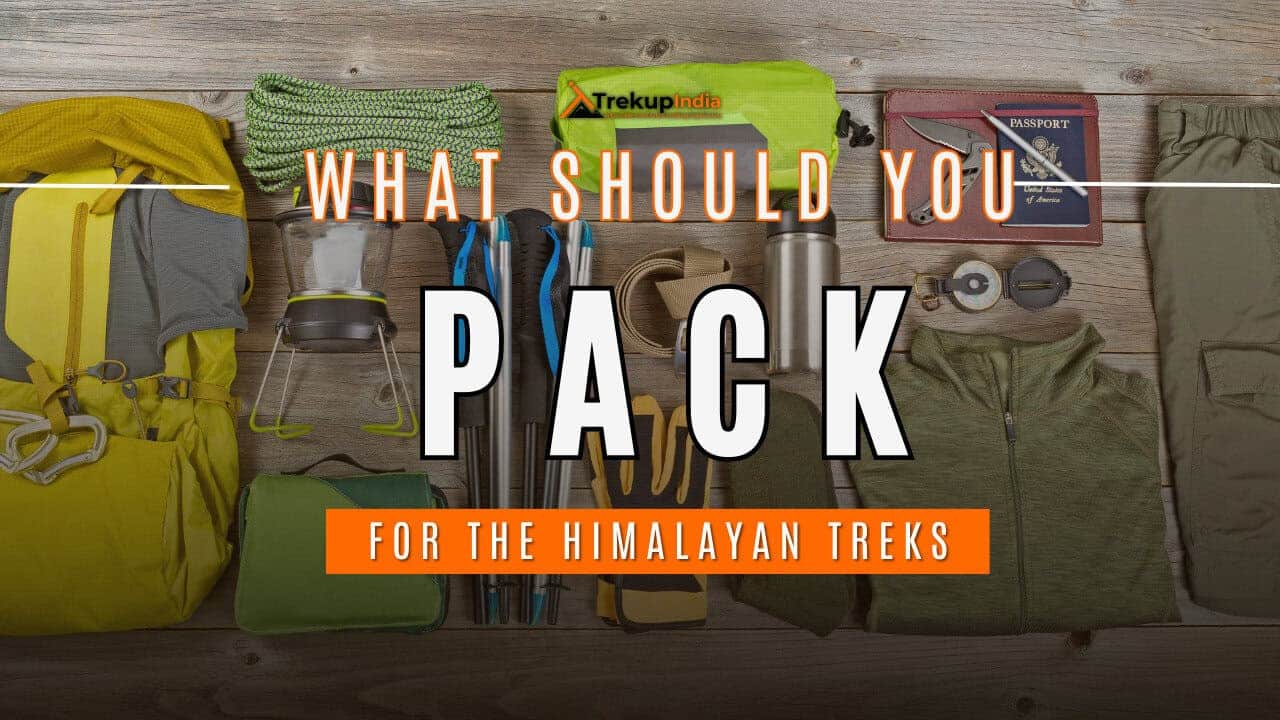
Head Gears
When trekking it's important to carry headgear to protect your head and face.
Heading out for a trek? Don’t forget to carry headgear to protect your beautiful face and head from the sun, wind, and dust! It’s an essential accessory that keeps you safe and comfortable throughout your adventurous journey. So, make sure you pack it before you step out into nature!
- Head Lamps – When trekking at night, headlamps are essential to illuminate your path while keeping your hands free. Headlamps come in different sizes and lumens, so it is essential to choose one that suits your needs.
- Hats or Cap – Caps or hats are also necessary when trekking in different weather conditions. Caps protect your head from the wind and freezing temperatures at night, while hats provide shade and protection from the sun during the day. It’s essential to ensure that your hat has a strap to prevent it from being blown away by the wind.
- Sunglasses – Sunglasses are also essential for trekking. Your sunglasses should protect your eyes from harmful UV rays and fit your face perfectly to avoid falling off while climbing, jumping, or crossing obstacles. The glass of your sunglasses should also be designed for different weather conditions to provide optimal visibility.
- Buff / Balaclava – Lastly, a buff or balaclava is a must-have to protect your mouth or neck from extreme temperatures and keep them warm. Buffs and balaclavas come in different materials, thicknesses, and designs, so it’s important to choose one that suits your needs and preferences. Depending on the weather conditions and your activities, you can wear them as neck warmers, face masks, or headbands.
Clothes
When trekking in high altitudes, prepare for cold weather by wearing layers. Layering traps heat, keeps you warm, and allows you to easily adjust your clothing as temperatures fluctuate.
Layering is important for different seasons when trekking. When planning a high-altitude trek, it is important to prepare for the cold weather. Wearing layers is the best approach as it provides both protection and flexibility when the weather changes frequently in the mountains. Layering helps to trap heat and keep your body warm, while at the same time allowing you to easily adjust your clothing as the temperature fluctuates. By wearing layers, you can enjoy your trek comfortably and stay safe in the unpredictable mountain weather
- For spring, summer, and monsoon treks, consider wearing three layers: a woollen sweater, a fleece, and a padded jacket.
- For autumn treks, add one more fleece layer to make it four layers.
- For winter treks, you may need five layers with thermals, a woollen sweater, two fleeces, and a padded jacket.
- T-shirt/sleeve shirt– Bring three T-shirts and two quick-dry trek pants, wearing one and carrying the others. Long sleeve shirts help to protect from sun UV rays. We recommend synthetic T-shirts as they get dry quickly when they get wet.
- Hiking / Trekking Jacket– down jackets (-5 to-10 C) or two-three-layer jackets.
- Thermals– at least two pairs of thermals help keep the body warm during cold weather.
- Undergarments– you can carry them according to your habitual and hygiene requirements.
- Gloves– 1 pair of gloves will keep your hand warm and nice.
- Trek Pants– Bring 2 to 3 comfortable trekking pants. Trekking pants play a significant role, as they are designed for comfort and mobility, making trekking easier. It should be Synthetic so that it gets dry quickly when wet.
- Rain Wear– you can carry a raincoat or Poncho. During long rains and snowfalls, the waterproof jackets start leaking. Still, the Poncho and raincoats keep you dry, so choose accordingly.
Tip: If you choose a raincoat on your trek, carry a small waterproof cover so things inside your backpack can’t get wet. If you carry a Poncho, you don’t need to worry. It protects both you and your backpack.
Foot Gears
When it comes to planning a trek, one of the most important aspects is to ensure that you have the right kind of foot gear.
- Trekking shoes which are waterproof and have ankle support. Walking / Hiking sandals which can be used off the trek, i.e., in the morning and evening hours when you reach the campsite, basically to get your feet rest from heavy boots, sometimes used for crossing streams and rivers, it’s more comfortable and safer than crossing barefoot or wetting your shoes. Sneakers (Optional) can be worn for normal driving days or used around the camp.
- Socks– you should at least carry 3 to 4 pairs.
- Microspikes & Gaitorswill be provided by Trekup India when required. You don’t have to carry them.
Personal First Aid Kit
Don't forget to pack your personal first aid kit! It's always better to be safe. So, make sure you're prepared for any unforeseen circumstances.
Below are some common medicines generally required/used during your adventure trip; however, please consult your doctors prior.
- Antiseptic towel or water syringe (to clean the wound)
- Butterfly bandage for a small cut
- Cotton and elastic bandages and sterile gauze pad for larger wounds
- Latex gloves are used when the wound bleeds.
- Medicine for Diarrhea (Upset stomach)
- Medicine for cold, flue/fever, headache
- Some pain killers
- ORS pouches
- Quick pain relief spray (External use)
- Any personal medicine prescribed by your doctor
- Dimox / Similar for high altitude sickness
- Bug Repellent
- Carry some nutria/energy bars and drinks (non-alcoholic)
- Note: Kindly consult your doctor before purchasing or taking any medicine.
Gadgets and Other Items
You might also consider bringing a camera, binoculars, portable charger, and snacks. Be well-prepared and tackle any trail with confidence.
- Trekking Poles
- Mobile phone
- Camera
- Spare batteries for phone and camera, power bank
- Lightweight flashlight or headlight
- A waterproof bag made of plastic is used for the camera.
- Plug/converter for electrical items
- 1-litre water bottle
- A journal with a pen would be a good idea to keep your notes.
- Some book of your interest for the ideal time
- Get into the habit of maintaining a Map and guidebook of the region.
Hygiene & Personal toiletry
Remember to pack hygiene and personal toiletry items such as soap, shampoo, toothbrush, toothpaste, deodorant, and toilet paper.
- Sunscreen with UV protection to shield your skin from harmful rays
- 1 or 2 small quick-drying towels to help you dry off quickly in case of rain or sweat
- Toilet paper, tissues or wet wipes for maintaining hygiene while on the trek
- Toothbrush, toothpaste, and mouth freshener to keep your mouth clean and fresh throughout the journey
- Deodorant or talcum powder to help you stay fresh and odor-free, especially during hot and humid climates
- Shampoo to keep your hair clean and healthy
- Sanitary pads or tampons (for female trekkers) to manage menstrual cycles
- Lip-gloss or salve to protect your lips from dryness and chapping
- Bio-degradable soap to keep yourself clean and hygienic while on the trek
- Nail clipper and other personal items that you use daily
Compulsory Documents to Carry
There are certain documents that you should always carry with you. These documents are not only necessary for your safety and security, but they may also be required by local authorities.
These files must be submitted to the Forest Department before your trek. With none of these, you will not be permitted to trek—original and photocopy of government photo identity card. Carry IDs like Aadhaar, voter ID, etc.
How To Plan Your Trek & Reach Manali?
By Air:- Most air carriers such as Air Indian Airlines, Jet Airways (www.jetairways.com ) have regular flights to Srinagar. Getting to Srinagar by flight from New Delhi is considered the most conceivable.
By Train:- Jammu may be the closest railway station to Srinagar, which is at a distance of 290 km. Jammu railway station is nicely attached to other main towns in India by rail. Direct Rails are available from Delhi, Trivandrum, Bangalore and also Chennai.
By Bus:-Srinagar is connected through the National Highway 1A to all over the country. J & K transportation has regular comfy buses from Jammu. The Journey captures approximately ten hrs to arrive at Srinagar.
Fitness Required & Preparation Guide For Miyar Valley Trek
If you’re preparing for a Miyar Valley Trek, Trekup India recommends jogging as part of your fitness routine. Jogging helps work out the same muscle groups that you’ll use during trekking and can help you build endurance. You don’t need any special equipment to get started.
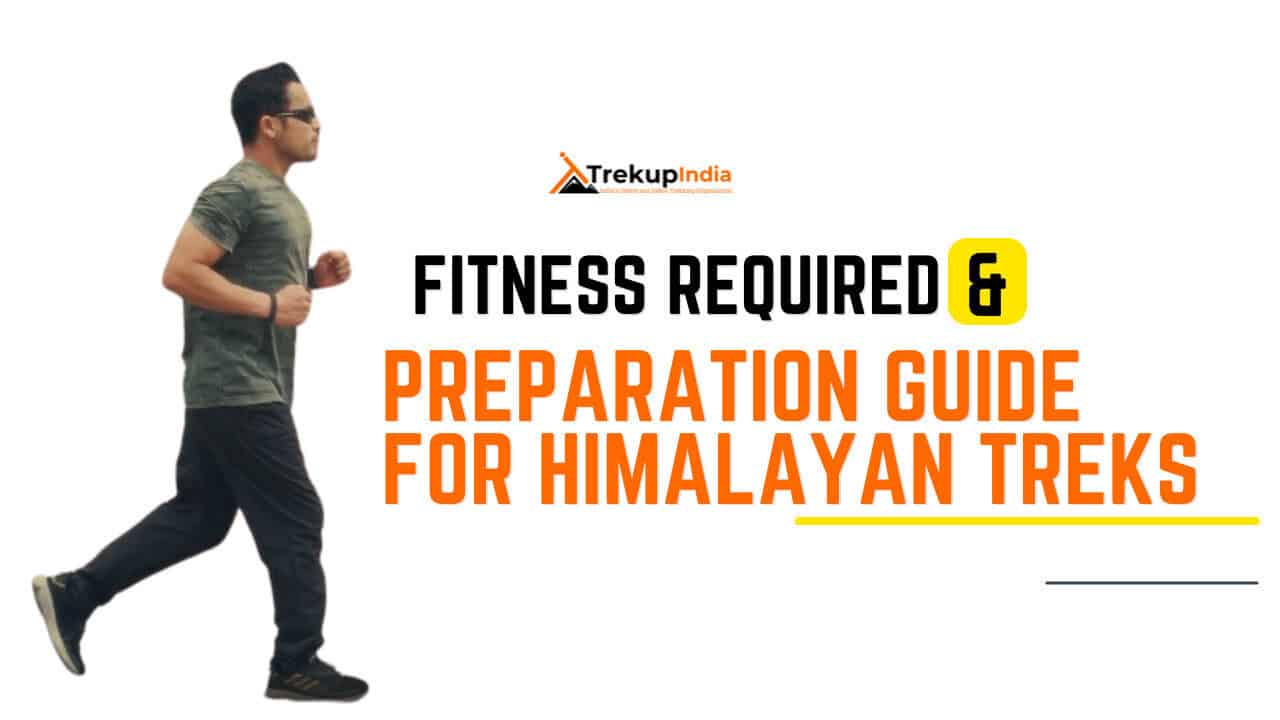
Fitness Target
Trekup India has put the Miyar Valley Trek into an easy-to-moderate-grade-level trek.
For Moderate Treks – In order to be well-prepared for your upcoming trek, it is recommended that you focus on building your endurance by aiming to cover a distance of 4.5 kilometers in less than 40 minutes. This will help you to develop the necessary stamina and strength required to successfully complete your journey.
How to Achieve This Fitness Target?
To start preparing for your trek:
- Try jogging for at least five days every week.
- If you find 5 km too difficult at first, begin with 2 km and gradually increase over 2-3 weeks.
- Once you feel more comfortable running 5 km, focus on improving your speed gradually on a daily basis.
It is important to ensure that you can consistently complete 4.5 km in under 40 minutes for at least two weeks before your planned trek. Allow yourself 6-8 weeks to prepare physically for the journey.
Strength Training exercises that benefit Trekking
Trekking is an activity that demands a good level of strength.

Trekking is a demanding activity that requires good cardiovascular endurance, muscular strength, and overall fitness. To help you prepare for your trek, incorporating bodyweight exercises into your training routine can be an effective way to build strength, improve stability, and enhance endurance, all of which are crucial for a successful trek. In this regard, here’s a breakdown of body weight exercises categorized by the specific body parts they target and the benefits they offer during trekking.
1. Lower Body Exercises
Lower body exercises like squats and lunges are great for building lower body strength, essential for trekking.
a. Squats
Squats are an excellent exercise for building lower body strength, essential for trekking. They target the quadriceps, hamstrings, glutes, and calves. Solid quadriceps and glutes provide power for ascending and tackling uphill climbs, while vital hamstrings aid stability during descents. This is particularly helpful in navigating uneven terrain during trekking.
How to perform Squats Exercises:
- Stand with feet shoulder-width apart, toes pointing slightly outward.
- Lower your body by bending your knees and hips, keeping your back straight.
- Lower until your thighs are parallel to the ground or as low as comfortable.
- Push through your heels to return to the starting position.
b. Lunges
Lunges target the quadriceps, hamstrings, glutes, and calves. They improve lower body strength, balance, and stability, crucial for maintaining control on rocky trails and steep slopes. Additionally, they enhance flexibility, reducing the risk of injury while trekking.
How to Perform Lunge Exercises:
- Stand with feet hip-width apart, hands on hips or sides.
- Take a step forward with one foot, lowering your body until both knees are bent at 90-degree angles.
- Push through the heel of your front foot to return to the starting position.
- Repeat on the other side, alternating legs.
2. Upper Body Exercises
Upper body exercises such as push-ups and pull-ups effectively strengthen the upper body, especially the chest and shoulders, which are essential for carrying a backpack during treks.
a. Push-Ups
Targets: Chest, shoulders, triceps, and core.
Benefits for Trekking: Push-ups are an effective exercise to strengthen the upper body, especially the chest and shoulders, essential for carrying a backpack during treks. Improved upper body strength will also help maintain posture and stability while traversing challenging terrain.
How to Perform Push-Ups Exercises:
- Start in a plank position with hands shoulder-width apart and body in a straight line from head to heels.
- Lower your body by bending your elbows until your chest nearly touches the ground.
- Push through your palms to return to the starting position.
- Keep your core engaged throughout the movement.
b. Pull-Ups/Bodyweight Rows:
Targeting the back, biceps, and shoulders can significantly benefit trekking. You can strengthen these muscle groups by performing pull-ups or bodyweight rows and improve your posture and balance while carrying a backpack. Additionally, more muscular back muscles can help reduce the risk of back strain and fatigue during long treks, making your journey safer and more comfortable.
3. Core Exercises
Core exercises like planks and Russian twists can help strengthen the core muscles, which are crucial for maintaining stability and balance while trekking on uneven terrain.
a. Planks
Targets: Abdominals, obliques, and lower back.
Benefits for Trekking: Planks are an effective exercise that helps strengthen the core muscles. These muscles are crucial for maintaining stability and balance while trekking on uneven terrain. A strong core also helps improve posture, reducing the risk of back pain and fatigue during extended hikes.
How to Perform Planks Exercises:
- Start in a plank position with elbows directly under shoulders and body in a straight line from head to heels.
- Engage your core and hold the position, avoiding sagging or arching the back.
- Keep breathing steadily and hold for the desired duration.
b. Russian Twists
Targets: Obliques, abdominals, and lower back.
Benefits for Trekking: Russian twists engage the core muscles, particularly the obliques, improving rotational stability and balance. Enhanced core strength helps prevent injuries and improves overall performance during trekking.
How to Perform Russian Twist Exercises:
- Sit on the ground with knees bent and feet flat, leaning back slightly to engage the core.
- Clasp hands together and twist the torso to one side, bringing the hands towards the ground beside the hip.
- Return to the centre, then twist to the other side.
- Continue alternating sides for the desired number of repetitions.
4. Full Body/Cardiovascular Exercises
Full-body/cardiovascular exercises like burpees and mountain climbers are excellent for improving cardiovascular endurance, strength, and agility.
a.Burpees
Burpees are an excellent full-body exercise that targets your legs, chest, arms, and core. This exercise dramatically benefits trekking enthusiasts, improving cardiovascular endurance, strength, and agility. Regularly incorporating burpees into your workout routine can enhance your overall fitness level, which can help you endure long hikes and rugged terrains with ease.
How to Perform Burpees Exercises:
- Start in a standing position.
- Squat down and place hands on the ground.
- Jump feet back into a plank position.
- Perform a push-up.
- Jump feet back to the squat position.
- Explosively jump up into the air, reaching overhead.
- Land softly and repeat the sequence.
b. Mountain Climbers
Mountain climbers target the core, shoulders, chest, and legs. This dynamic, full-body exercise can significantly improve cardiovascular endurance and agility. It is an excellent functional workout for trekking preparation as it engages both the upper and lower body muscles while strengthening the core muscles.
How to Perform Mountain Climbers Exercises:
- Start in a plank position with hands shoulder-width apart and body in a straight line from head to heels.
- Drive one knee towards the chest, then quickly switch legs, alternating in a running motion.
- Keep the core engaged and the hips stable throughout the movement.
- Continue at a moderate to fast pace for the desired duration.
Incorporating bodyweight exercises into your training routine can help you build strength and endurance and prepare your body for the physical demands of trekking. Consistency and proper form are crucial to maximizing the benefits of these exercises and ensuring a safe and enjoyable trekking experience. Engaging your core muscles, including obliques, abdominals, and lower back, with Russian twists can improve your rotational stability and balance, preventing injuries and enhancing overall performance during trekking.
When incorporating strength training exercises into your workout routine, it’s essential to maintain proper form and technique to avoid injury. Start with lighter weights and gradually increase the intensity as you progress, focusing on compound exercises targeting multiple muscle groups simultaneously. Some examples of practical strength training exercises for trekking include squats, lunges, deadlifts, and pull-ups.
Remember to give your muscles time to recover between workouts, and remember to stretch before and after your workouts to prevent injury and improve flexibility. Combining strength training with jogging and proper stretching allows you to take your fitness to the next level and confidently tackle even the most challenging treks.
Our Trekkers Reviews And Expreinces
Food Provided by Us During Trek
We provide only Indian vegetarian food, and your meal will mainly consist of Indian bread, vegetables, lentils, rice, and a delicious dessert. During your trek, we will serve three meals a day, including breakfast, lunch, and dinner. You will also be served tea, snacks, and lip-smacking soup in the evening before dinner. If it is a long day of trekking, you will be given a packed snack.
After extensive research on the trekkers’ nutritional requirements, we prepare the menu. Before putting all the meals together, we also consider the altitude and the weather.
The meal we serve during the trek is perfectly balanced with calories, carbohydrates, vitamins, protein, fibre, and minerals. You need to know that all our cooks have great expertise in cooking and have undergone thorough training. So, get ready to enjoy delectable and lip-smacking dishes during your trek. You will be served with lemon tea in the tent to start your day with a refreshed feeling. Before leaving the campsite for trekking, you will be given a hot finger-licking breakfast like upma, Aallu Prantha, Besan Chilla, Poha, Daliya, Corn flakes, and Maggie, along with tea or coffee.
If your trek is longer, we also offer some fresh local fruits such as apples and healthy drinks like Frootie or Maaza. In the afternoon, you will be served a simple & healthy lunch, while at around 04:00 pm, you will be given tea and a light evening breakfast. After you reach your campsite at night, you will be served a hot and delightful dinner.
After reading this, you must have understood the food we provided on the trek; you don’t need to worry about food. Many trekkers repeatedly trek with us because of the food we provide. Thus, we will give you unforgettable experiences.
Safety During Miyar Valley Trek
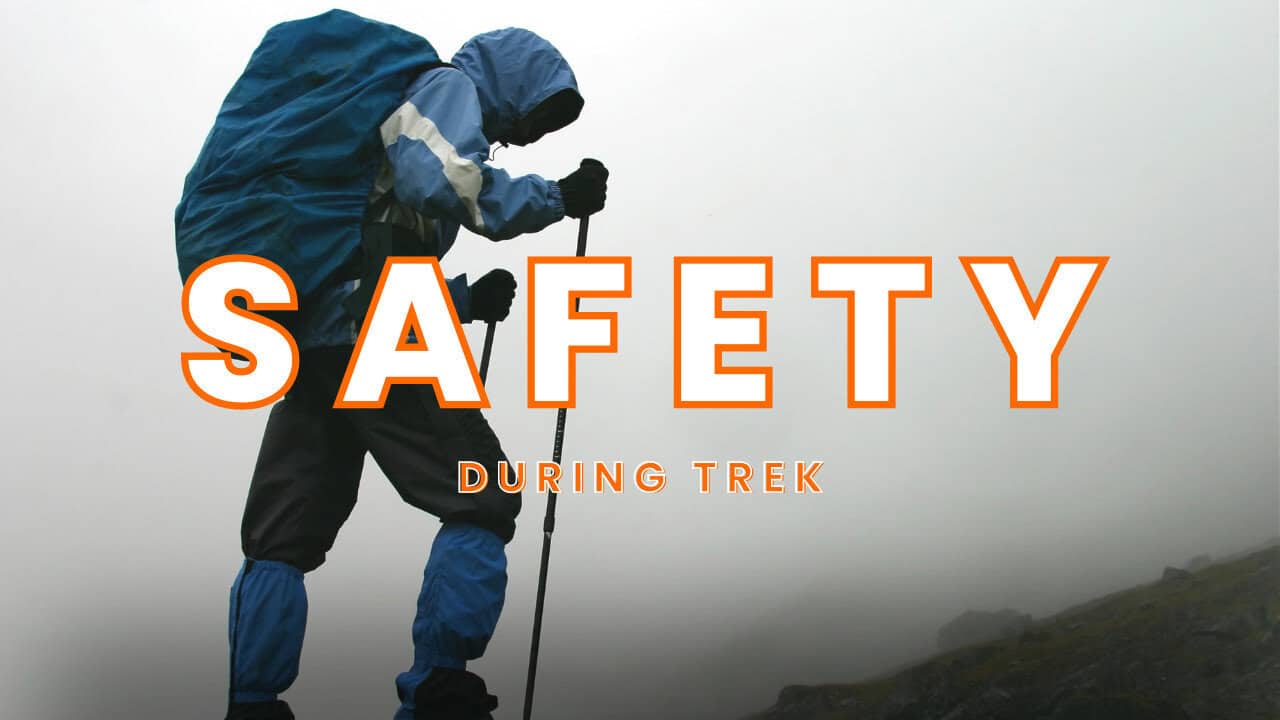
Trekking with us for the Miyar Valley Trek is entirely safe because we have a team of trek leaders qualified in Wilderness first-aid and complete information about the high-altitude glitches. During the trek, we carry a full first-aid kit that contains all the essential medicines. Before trekking with us, you must ensure that you are medically fit for the trek; for us, your medical fitness is more important than anything else.
Right from our establishment, we at Trekup India have been continuously introducing new safety practices into Indian trekking to ensure the safety of voyagers. Trekup India introduced microspikes and made emergency bottled oxygen mandatory for all treks. Our trek leaders take your daily Pulse oximeter reading. We at Trekup India introduced the radio walkie-talkie as a safety communication device.
How can we ensure that your trek is safe with us?
We have noticed that most trek-organizing organizations do not follow these systems, but with time, they are following us; several competing companies are adopting these practices and organizing great, safe treks.
We ensure complete technical safety in the mountain. Our company has a vast team of more than 100 guides and trek leaders who serve on Himalayan treks. One of the best things about our team is that all the members are trained professionally by the Nehru Institute of Mountaineering, Indian Mountaineering Foundation Delhi, and Hanifle Center Outdoor Education Mussoorie.
Explore our New Safety Protocols
To ensure a perfect Trek, we have introduced some new safety checks to ensure excellent safety for our trekkers.
Our On-trek safety checks include:
- Daily oxygen saturation, along with pulse readings
- Stretchers team appointed on every trek
- Radios
- Trained mountain staff and complete safety
- Additional oxygen cylinders
- Special medical kit for high-altitude treks
- Microspikes on all types of snow treks
- Experienced Trek leaders, as well as safety
- Technical team on all snowy slopes
For Us, Your Safety Is the Top Priority
At Trekup India, you will find a team with local knowledge and fluency in English and Hindi. This helps ensure that you have a fantastic trek. Not only this, but we also pay attention to your health and safety because this is something we cannot ignore. All the team leaders involved in trekking have already undergone several professional courses in first aid, portable altitude chamber training, CPR, environmental awareness training, and advanced wilderness emergency medicine.
We also carry a complete first aid medical kit on every trek and trip we organize. Apart from the medical kit, we take a portable altitude chamber (if needed) and medical oxygen for all high-altitude treks. Our company has significant expertise in organizing all sorts of group adventure holidays for family groups, school and college groups, and friend groups. We have many travel options that suit different fitness levels and travelling styles.
Regardless of the group size, we value each and every member of our trekking groups. Our commitment to personal attention ensures that your needs and safety are always our top priority.
Who we are?
Trekup India has been a stalwart in the Adventure Tourism industry for 30 years. Since our inception, we have been dedicated to providing top-notch treks, voyages, trekking programs, and high-altitude expeditions. Our extensive experience is a testament to our commitment to your adventure and safety.
We organize treks in Uttarakhand, Kashmir, Sikkim, and Himachal while being part of the trekking community; we feature more than 75 documented Himalayan treks. In addition to other outdoor activities, our company also organizes trips for schools, colleges, and families.
Therefore, we maintain the quality of services offered to our valuable customers.
Must Read These Information Of Miyar Valley Trek
Why You Should Do Miyar Valley Trek
The Udaipur village is located at the confluence of the Miyar and Chandra Bhaga rivers. It is a famous pilgrimage site along with Trilokinath in Tunde in the Lahaul and Spiti regions. The open valley is home to several glacier systems stemming from the Miyar glacier, reaching up to Kang La Jot, situated at 17,939 feet. The esteemed Neverseen Tower, a majestic structure with a rich history, and Castle Peak, a stunning natural formation, are located about 2 km away from the Miyar Glacier, offering breathtaking views and a sense of awe.
The Miyar Nala, a natural wonder, widens at its conclusion and serves as a vital support system for the farming villages in this area. Its breathtaking beauty and the life it sustains are a testament to the power and resilience of nature.
The trek to Udaipur village is not just a journey but an adventure. It offers thrilling river crossings and encounters with wooden bridges, adding a dash of excitement to your expedition. As you navigate over these wobbly structures with a fast-flowing river below, the adrenaline rush is sure to keep you on your toes. In a couple of parts, there are no bridges, but fear not, you can still find a way to cross the water safely. It’s important to note that these crossings can be challenging, so we recommend using trekking poles for stability and constantly checking the water depth and current before attempting to cross. Just be prepared for the chilly temperatures of the river, adding to the thrill of the experience.
Best time to do Miyar Valley Trek
The Miyar Valley trek has two primary seasons: summer, which spans from June to July, and monsoon, which takes place from August to September. During the summer months, remnants of hard snow can be found at higher elevations, but daytime temperatures are mildly warmer compared to the monsoon season when snow is absent. The air quality also differs, with summer bringing dry and crisp conditions, whereas monsoon brings moisture. As winter’s grip on the slopes begins to loosen, patches of snow can still be found above 10,000 feet. Pleasant temperatures around 20°C characterize summer days, but nighttime temperatures plummet to near zero. If the sun hides behind clouds and rain falls, daytime temperatures can drop to around 15°C.
The monsoon season is similar to winter in some ways, with cooler temperatures than summer but without snow. Evenings during the monsoon season can be cold, especially in September when the temperature can drop to 0°C. Daytime temperatures typically hover around 15°C; rain or drizzle can lower the temperature by a few degrees. It’s advisable to always have a jacket with you to stay warm.
How Difficult is the Miyar Valley Trek
The Miyar Valley Trek is a moderate option on a difficulty scale ranging from easy to complex. Starting from Manali at 6,725 feet above sea level, the trek reaches 14,599 feet in 8 days. The majority of the trek is pleasant as it passes through the valley. However, as you approach the pass, the terrain becomes more challenging, taking almost nine hours to cross. This trek is considered moderate and suitable for fit first-timers—plan for at least four weeks of training to prepare for this trek. Begin with brisk walks and then progress to jogging to improve cardio. By the end of your preparation, aim to complete a 5km distance in 37 minutes.
Frequently Asked Questions About Miyar Valley Trek
How can I most easily get to Manali?
The most efficient method to travel to Manali is by taking an overnight bus from Delhi or Chandigarh. The bus journey from Delhi typically takes 12 to 14 hours, while the trip from Chandigarh is shorter by a few hours. Therefore, it is recommended that you fly to Chandigarh or Delhi and catch a bus to Manali.



